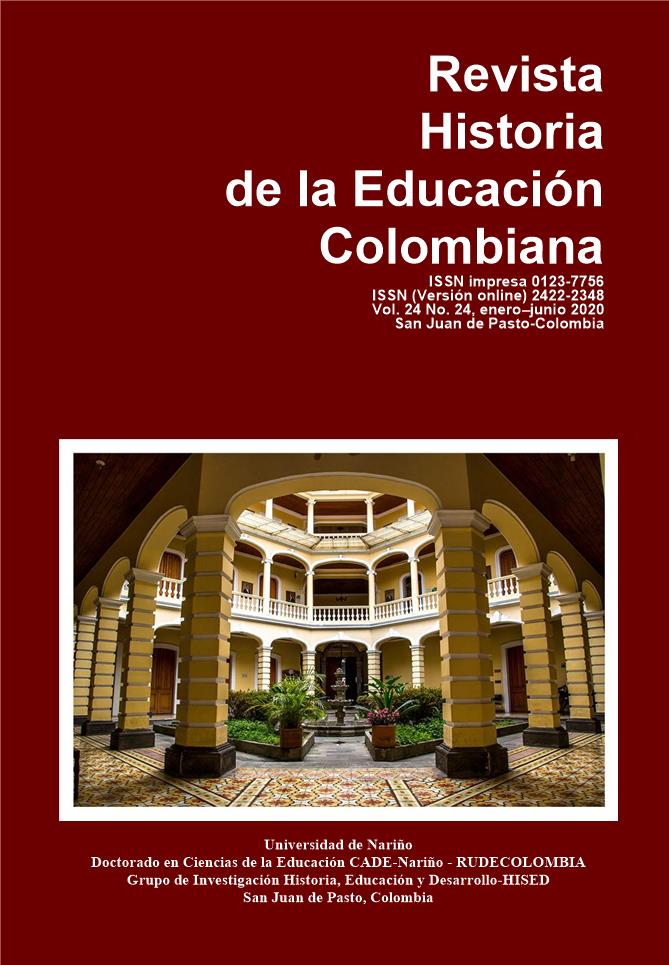Bracelets as a representation of the Inga community way of thinking
DOI:
https://doi.org/10.22267/rhec.202424.77Keywords:
Education; writing, Inga community, symbols, weavingAbstract
This research proposal addresses the importance of culture in education for the youth and the existence of indigenous peoples; from this perspective, the symbolic expressions that have been worked on by the artisans for several generations have an essential content to complement the other areas of knowledge that this community needs to strengthen; this approach is part of a research proposal called “Iuiay kamsaykug Tantalli” Las Manillas como Tejido del Pensamiento del Pueblo Inga (Bracelets as a Representation of the Inga community way of thinking). The contribution of this research consisted in delivering an educational proposal focused on Inga indigenous symbolism, in order to allow teachers to structure new content from their contexts, to work with the pedagogical themes that are commonly taught to students, with a strengthening of the construction of an own education project which is very necessary to implement in this community.
On the other hand, it was observed in this process the importance of claiming the knowledge kept in these textiles, interpreted from the point of view of their own authors, who are heirs of this ancient tradition, with description of very necessary topics to study and rescue in the current educational contexts, which becomes an alternative that contributes both to systematize and safeguard the values and identity of this community, through the exchange of knowledge and, at the same time, return to the knowledge of these communities, enhancing the link with other areas of pedagogical knowledge.







